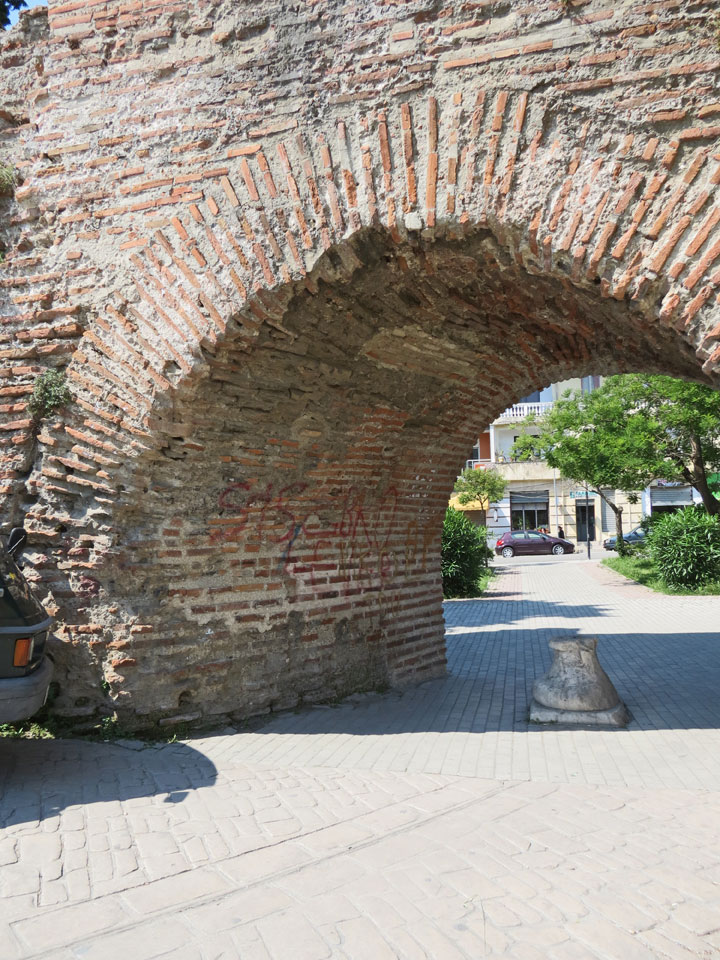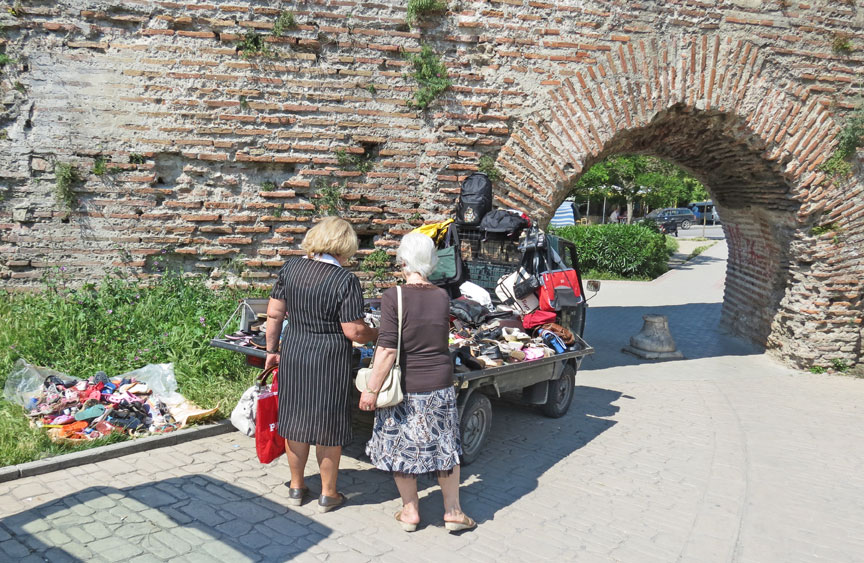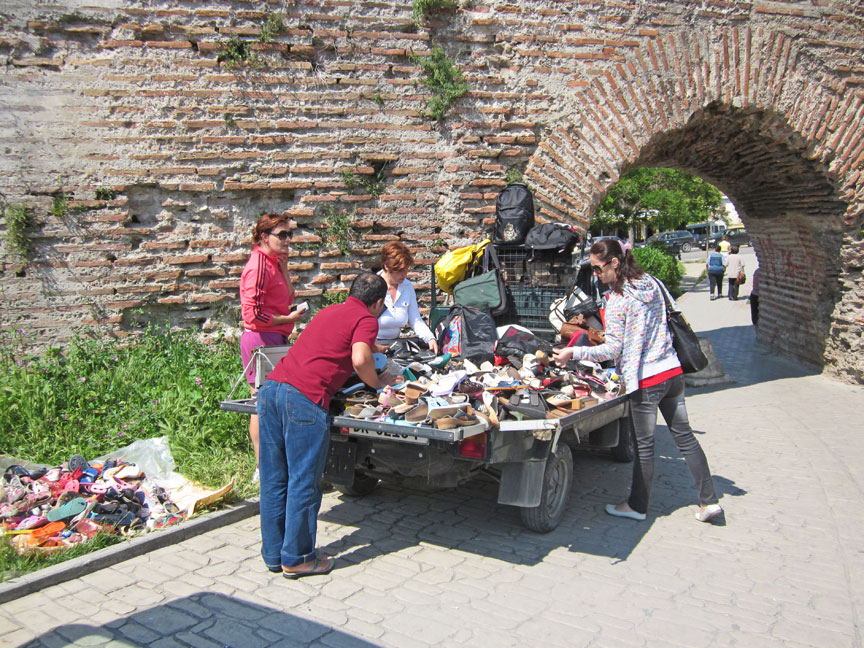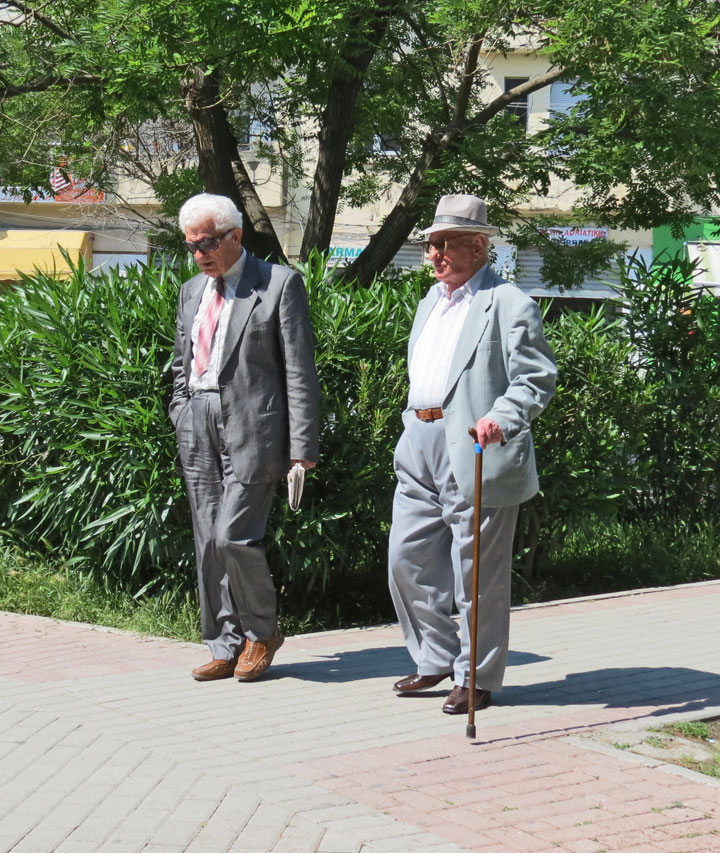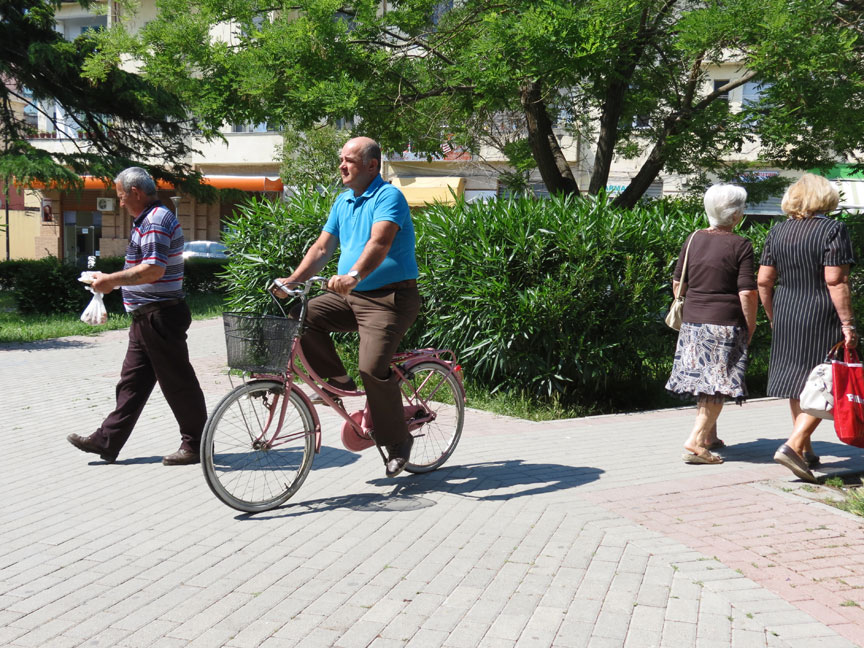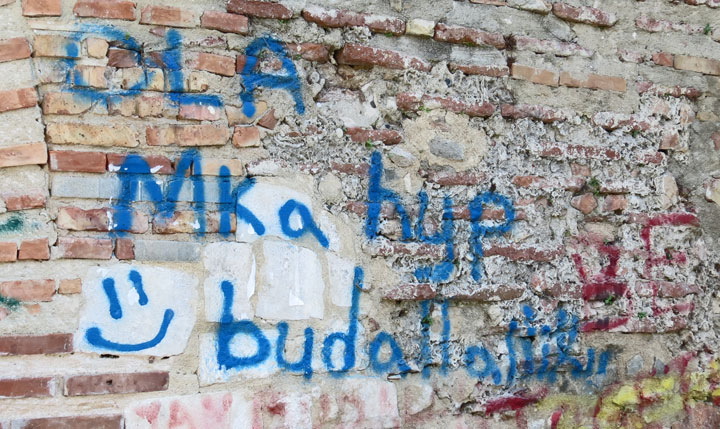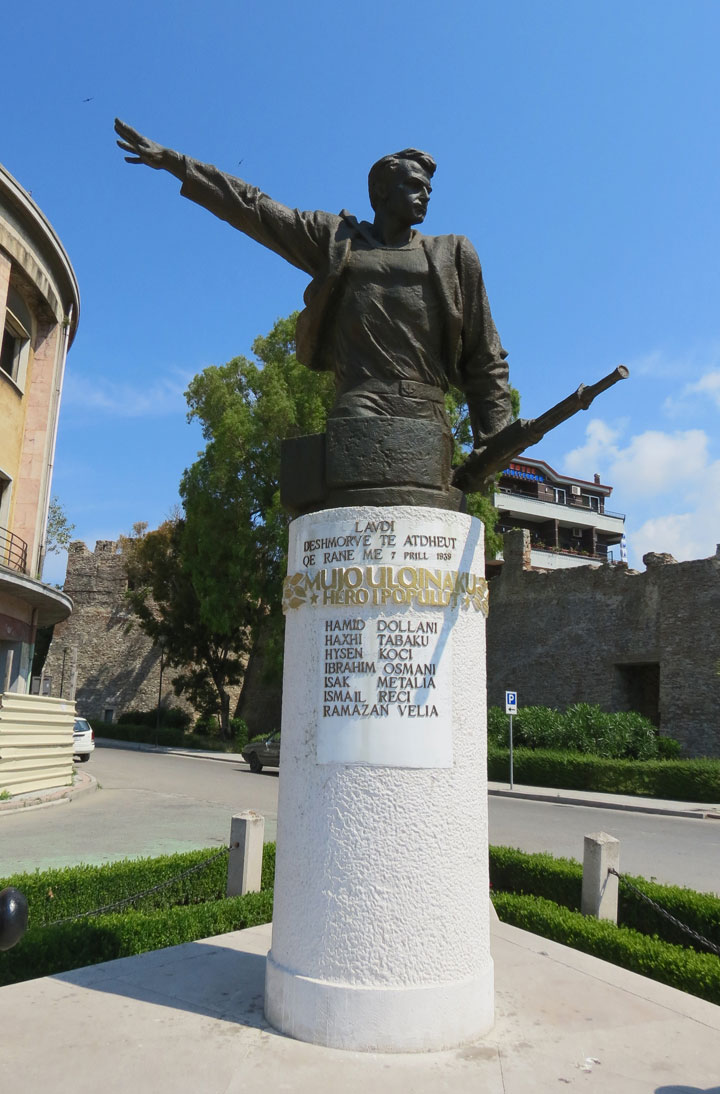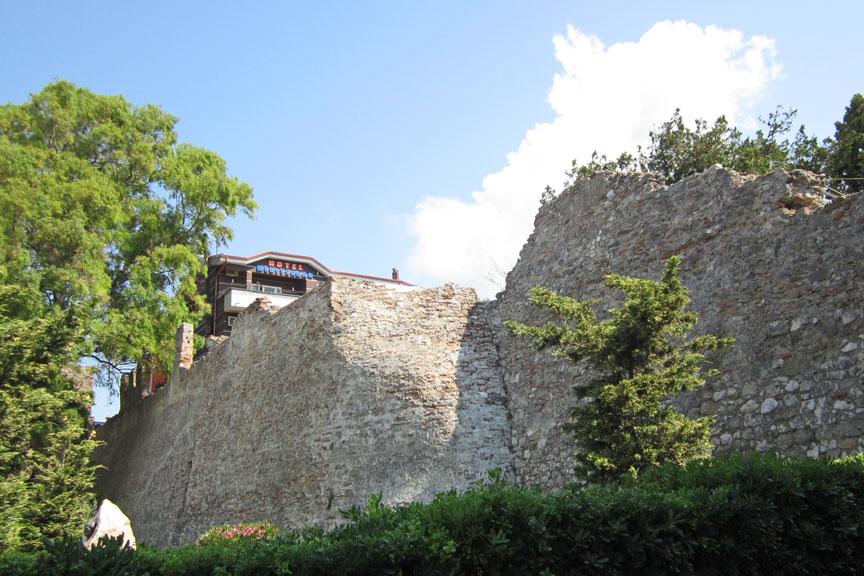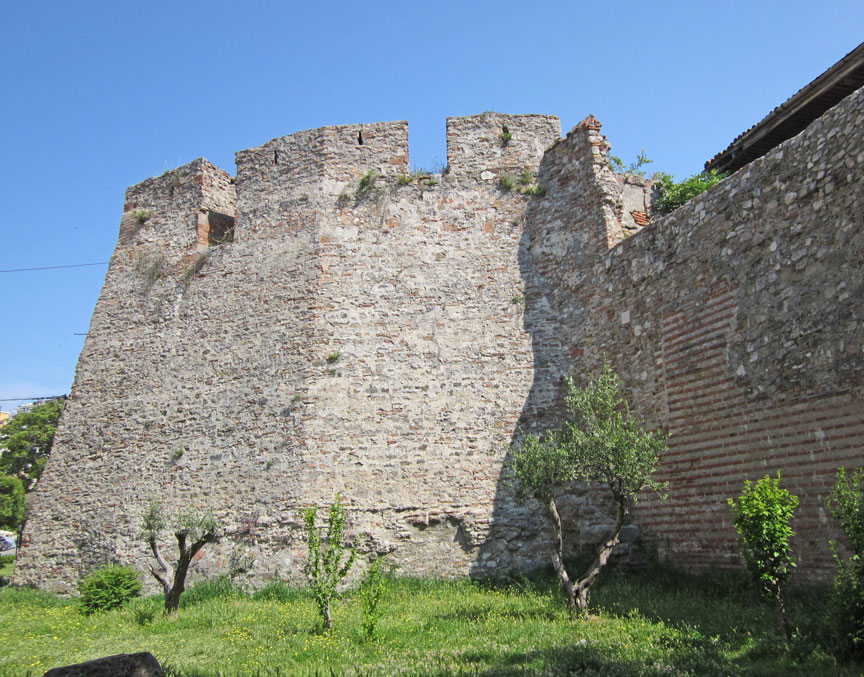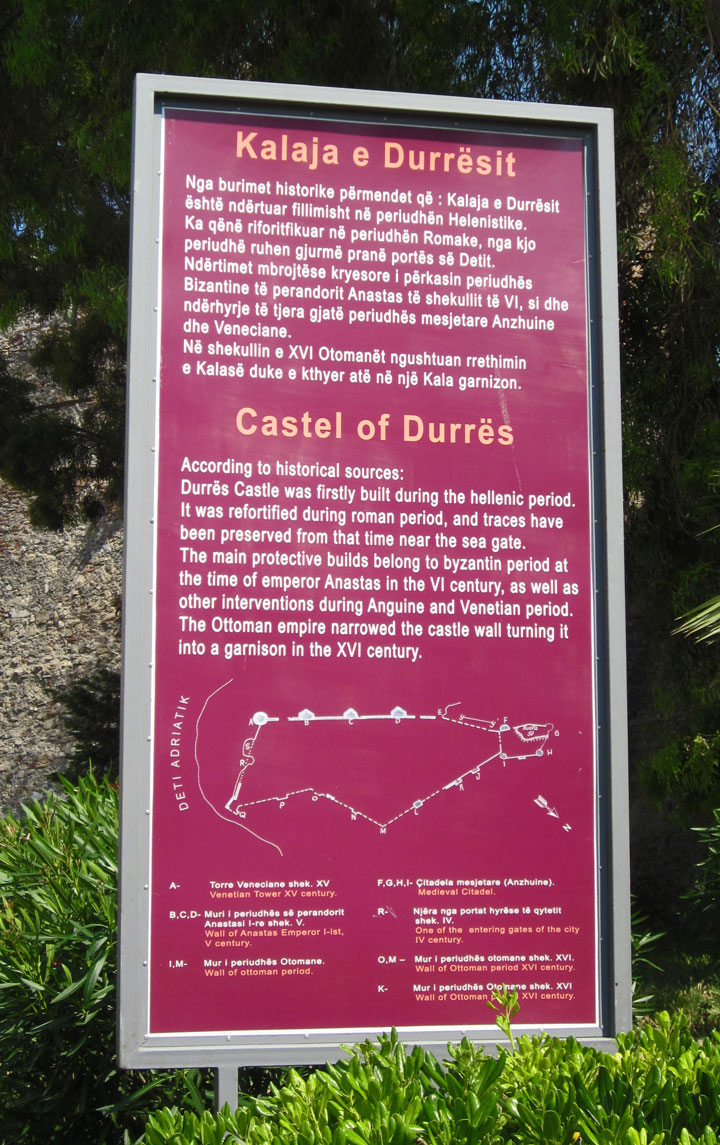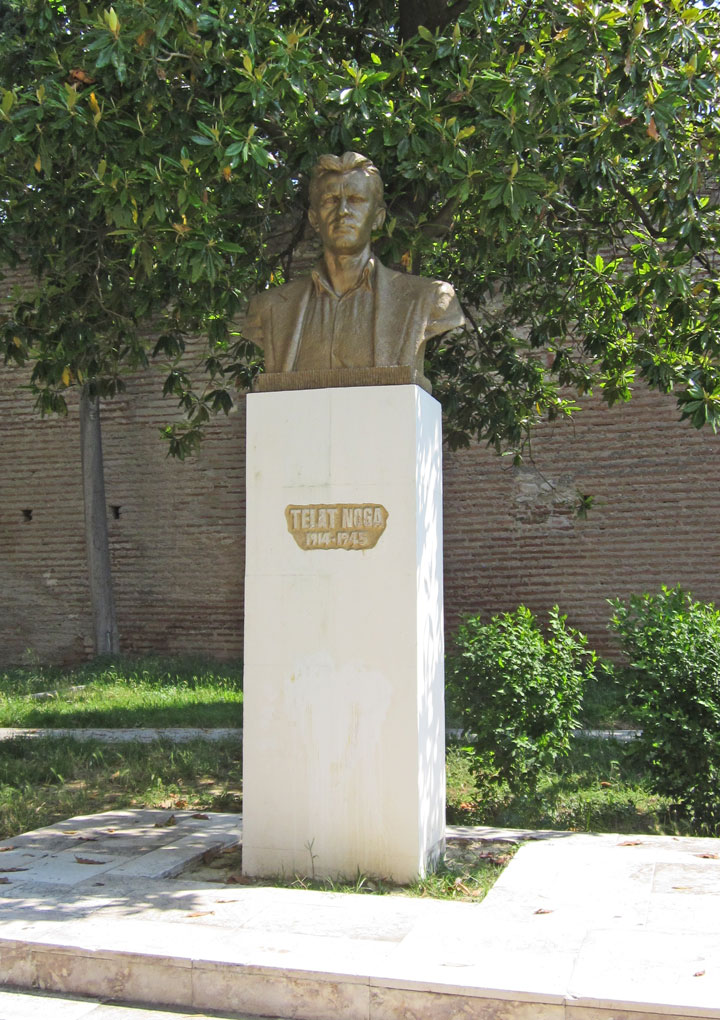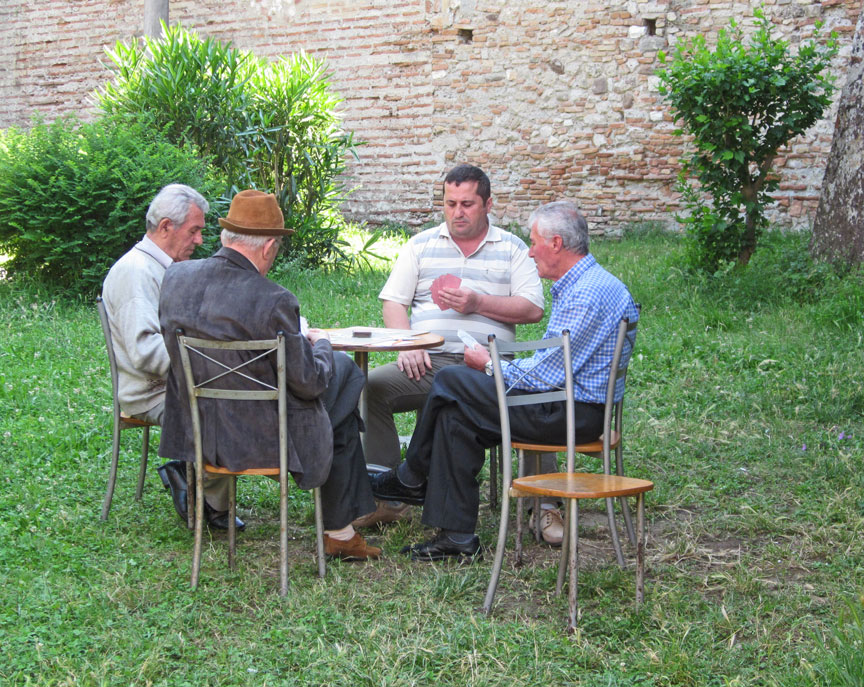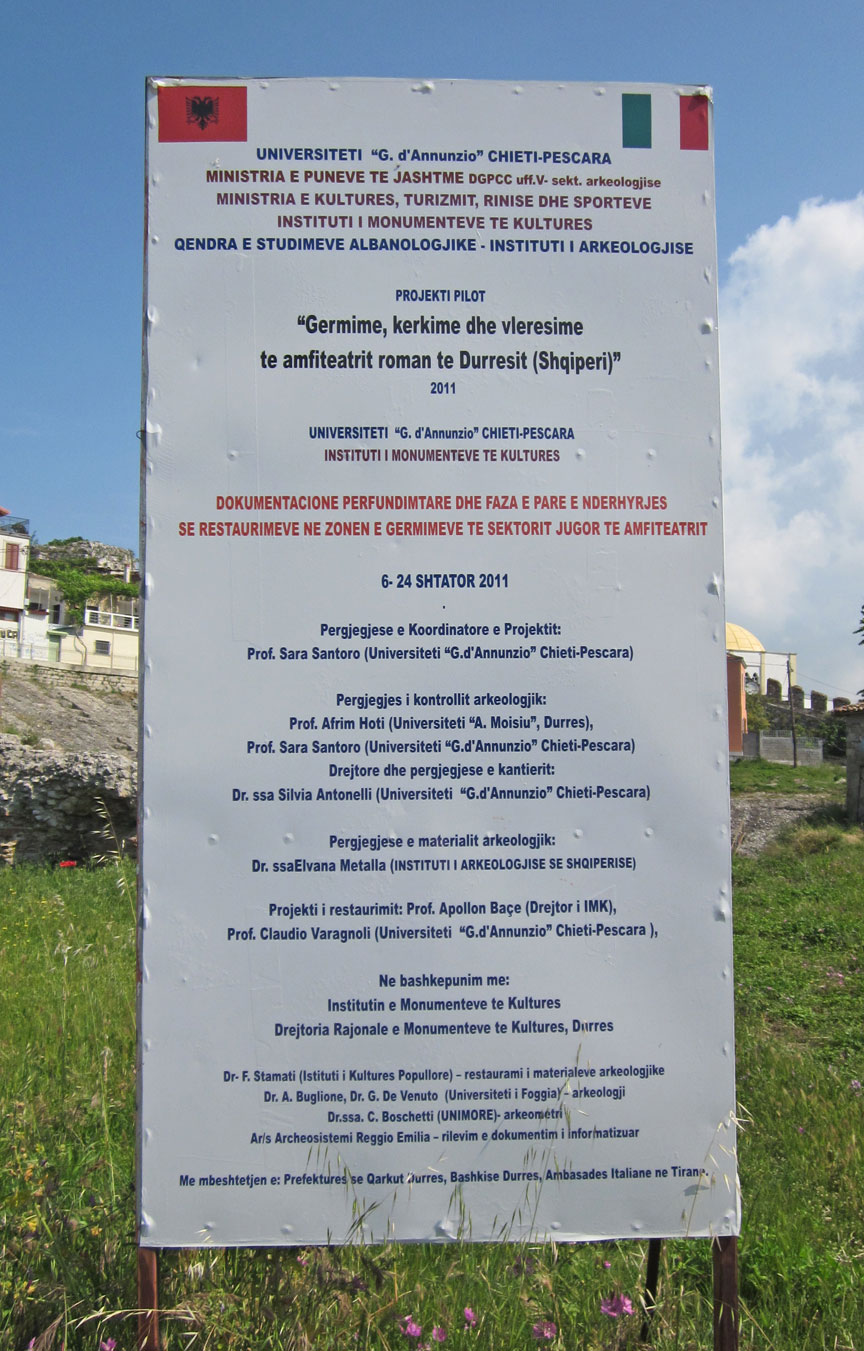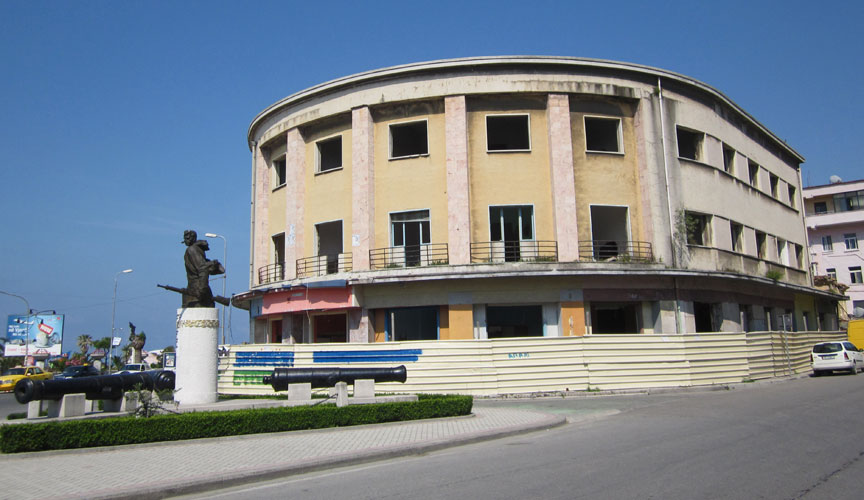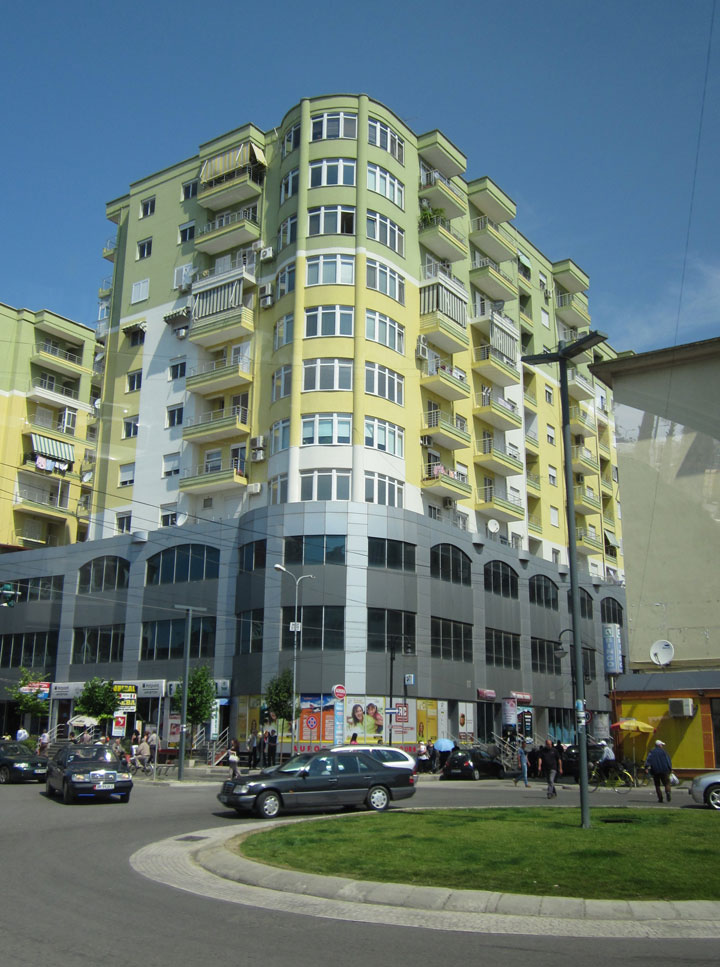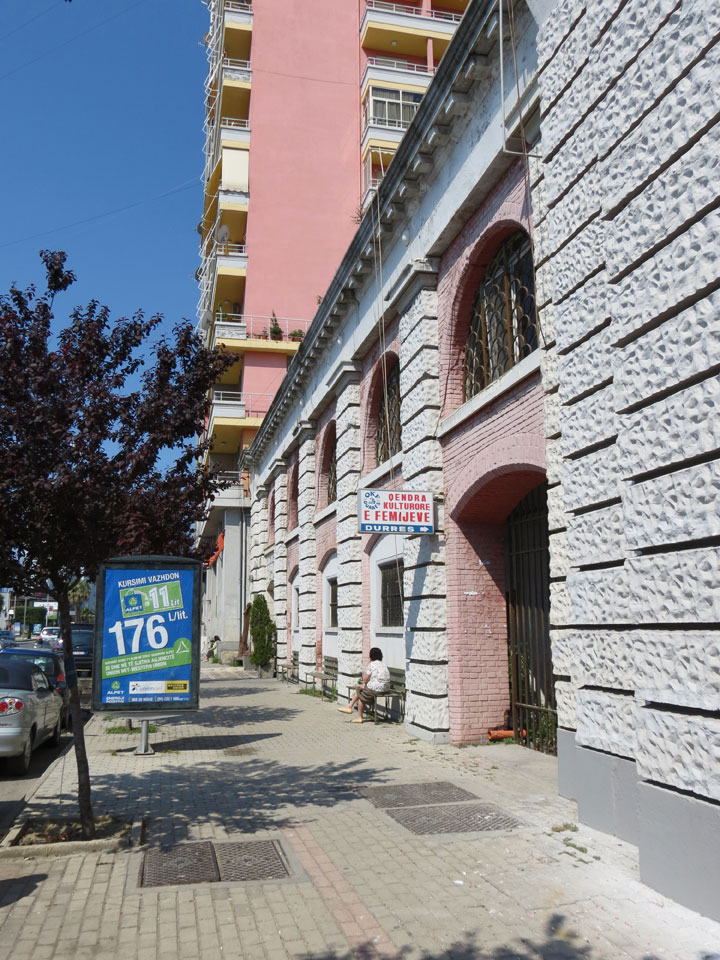

Durrės
Photos taken in 2012

Durrės
Durrės is the second largest city of Albania located on the central Albanian coast, about 33 km (21 mi) west of the capital Tirana. It is one of the most ancient and economically important cities of Albania. Durres is situated at one of the narrower points of the Adriatic Sea, opposite the Italian ports of Bari (300 km/186 mi away) and Brindisi (200 km/124 mi away). Durrės is home to Albania's main port, the Port of Durrės, and to the newest public university, the Aleksandėr Moisiu University. It has a population of 115,550, while metropolitan area has a population of 265,330 . In addition, it is the meeting point of national roads SH2 and SH4. Founded in the 7th century BC by Greek colonists from Corinth and Corcyra under the name Epidamnos, it has been continuously inhabited for 27 centuries and is one of the oldest cities in Albania. Durrės served as Albania's national capital from 7 March 1914 until 11 February 1920 during the reign of William of Albania in Principality of Albania. In 2012, The Globe and Mail ranked Durres at no. 1 among 8 exciting new cruise ports to explore.

The city was named in Greek as Epidamnos (Επίδαμνος) and Dyrrhachion (Δυρράχιον)
"two ridges", or in Latin Epidamnus and Dyrrachium. Roman authors believed that
the town was renamed from Epidamnus to Dyrrachium after the hero Dyrrachius. The
modern name of the city in Albanian Durrės and Italian Durazzo was altered by
variations of the Slavic Dŭračĭ (modern Drač (Драч)), from the era when the city
was held by the Serbian and Bulgarian empires. It was known in Ottoman Turkish
as Dıraē. In the past few decades, the Albanian name Durrės (Durrėsi) has
gradually replaced the widespread use of the Italian name Durazzo. For other
names by which Durrės is known, see other names of Durrės.
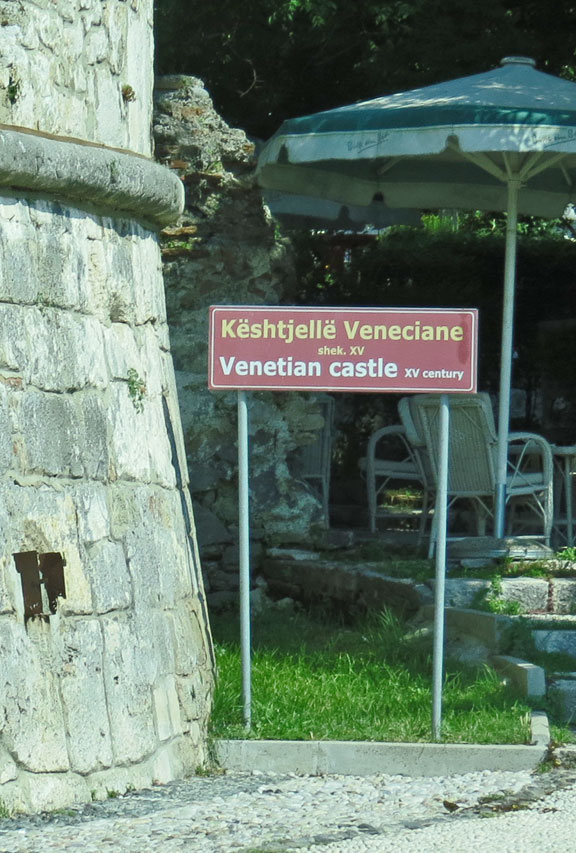
Ancient Greek coin of Dyrrachium. Obv. Cow feeding a calf. Rev. Two stylized
thunders of Zeus with the letters ΔΥΡ (DYR).
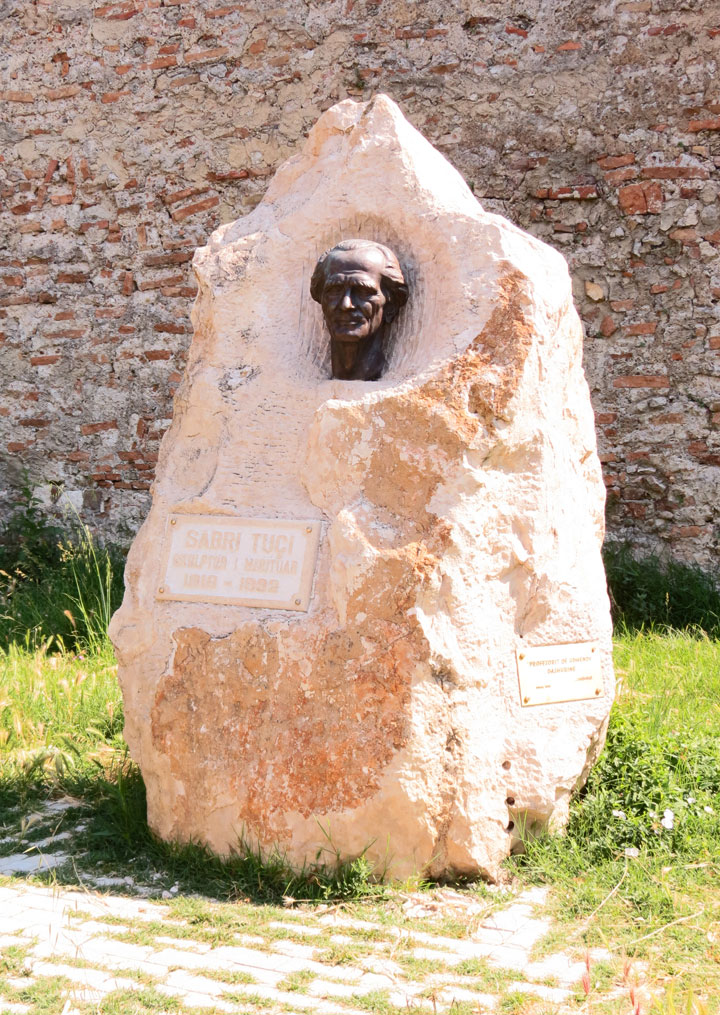
Though surviving remains are minimal, as one of the oldest cities in Albania,
the city was founded as Epidamnos in the ancient region of Illyria in 627 BC by
ancient Greek colonists from Corinth and Corcyra, modern-day Corfu. The general
vicinity of Epidamus was called Epidamnia. The city's geographical position was
highly advantageous, as it was situated around a natural rocky harbor which was
surrounded by inland swamps and high cliffs on the seaward side, making the city
very difficult to attack from either land or sea.
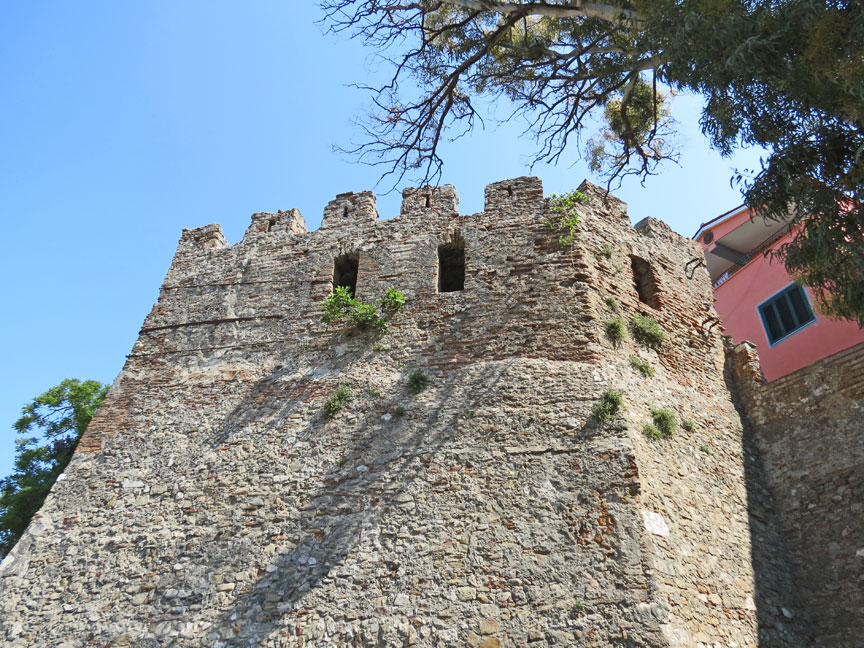
Epidamnos was noted for being a politically advanced society, prompting
Aristotle to praise its political system in controlling trade between the Greek
colonists and the local barbarians.
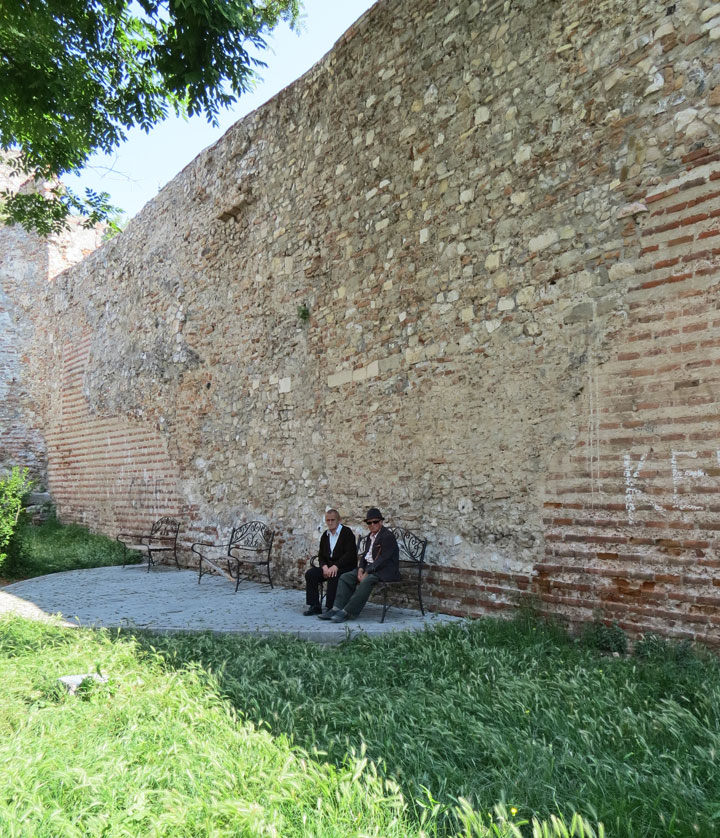
However, Corinth and Corcyra, each with a claim to be "mother city"
(metropolis), quarreled over the city, helping to precipitate the Peloponnesian
War in 431 BC as one of the most significant battles took place on the Durrės
seaside. Epidamnos was seized by Glaukias, an Illyrian king, in 312 BC with the
help of the local Greek oligarchy. Later Queen Teuta attacked Epidamnos but
withdrew when the Romans arrived the same year (229 BC) and expelled the
Illyrian garrison from the city, including it thereafter in their protectorate.
The Romans set up replaced the rule of Teuta with that of Demetrius of Pharos,
one of her generals. He lost his kingdom, including Epidamnus, to the Romans in
219 BC at the Second Illyrian War. In the Third Illyrian War Epidamnus was
attacked by Gentius but he was defeated by the Romans at the same year.

For Catullus, the city was Durrachium Hadriae tabernam, "the taberna of the
Adriatic", one of the stopping places for a Roman traveling up the Adriatic, as
Catullus had done himself in the sailing season of 56.
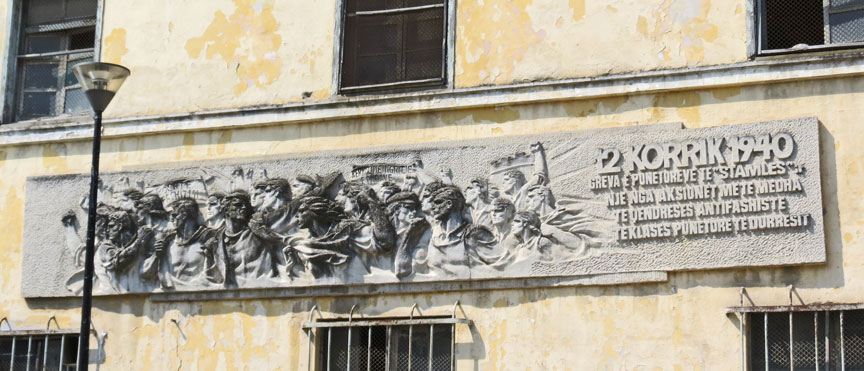
After the Illyrian Wars with the Roman Republic in 229 BC ended in a decisive
defeat for the Illyrians, the city passed to Roman rule, under which it was
developed as a major military and naval base. The Romans renamed it Dyrrachium
(Greek: Δυρράχιον / Dyrrhachion). They considered the name Epidamnos to be
inauspicious because of its wholly coincidental similarities with the Latin word
damnum, meaning "loss" or "harm". The meaning of Dyrrachium ("bad spine" or
"difficult ridge" in Greek) is unclear, but it has been suggested that it refers
to the imposing cliffs near the city. Julius Caesar's rival Pompey made a stand
there in 48 BC before fleeing south to Greece. Under Roman rule, Dyrrachium
prospered; it became the western end of the Via Egnatia, the great Roman road
that led to Thessalonica and on to Constantinople. Another lesser road led south
to the city of Buthrotum, the modern Butrint. The Roman emperor Caesar Augustus
made the city a colony for veterans of his legions following the Battle of
Actium, proclaiming it a civitas libera (free town).
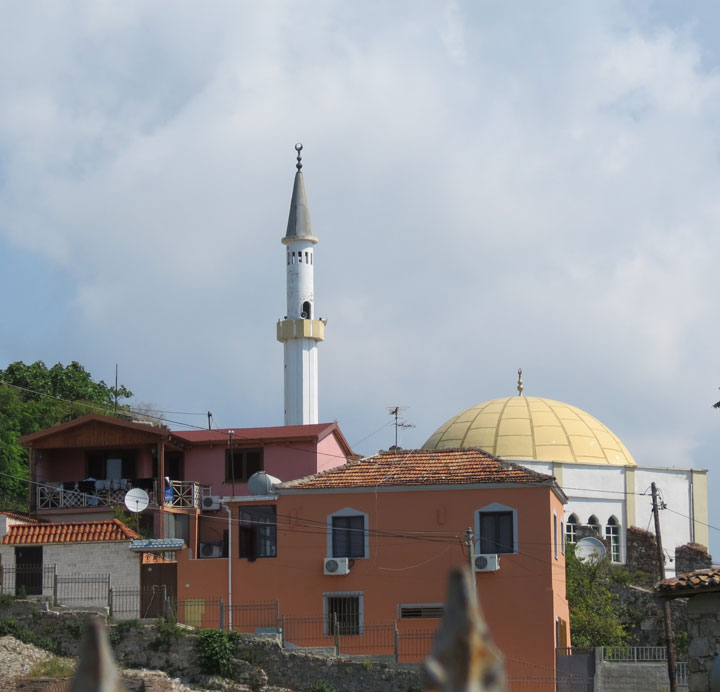
In the 4th century AD, Dyrrachium was made the capital of the Roman province of
Epirus nova. It was the birthplace of the emperor Anastasius I in circa 430.
Some time later that century, Dyrrachium was struck by a powerful earthquake
which destroyed the city's defences. Anastasius I rebuilt and strengthened the
city walls, thus creating the strongest fortifications in the western Balkans.
The 12 m (36 ft)-high walls were so thick that, according to the Byzantine
historian Anna Komnene, four horsemen could ride abreast on them. Significant
portions of the ancient city defenses still remain, although they have been much
reduced over the centuries.
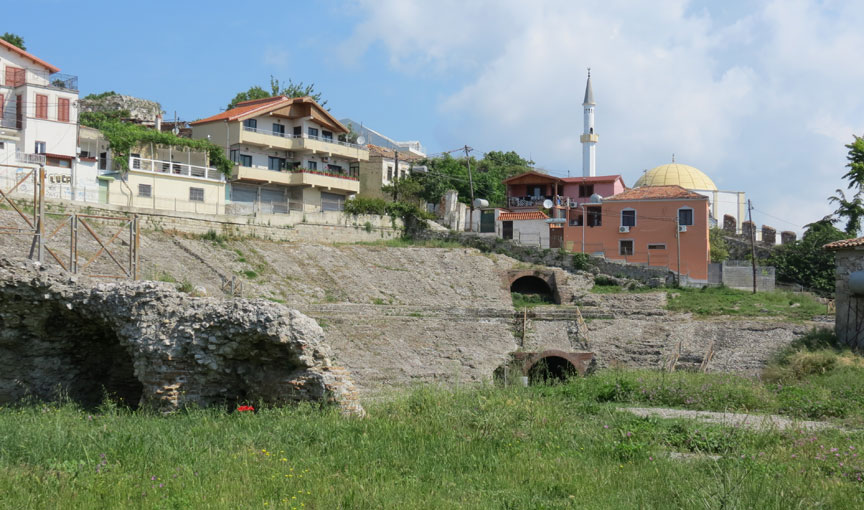
Roman Amphitheater
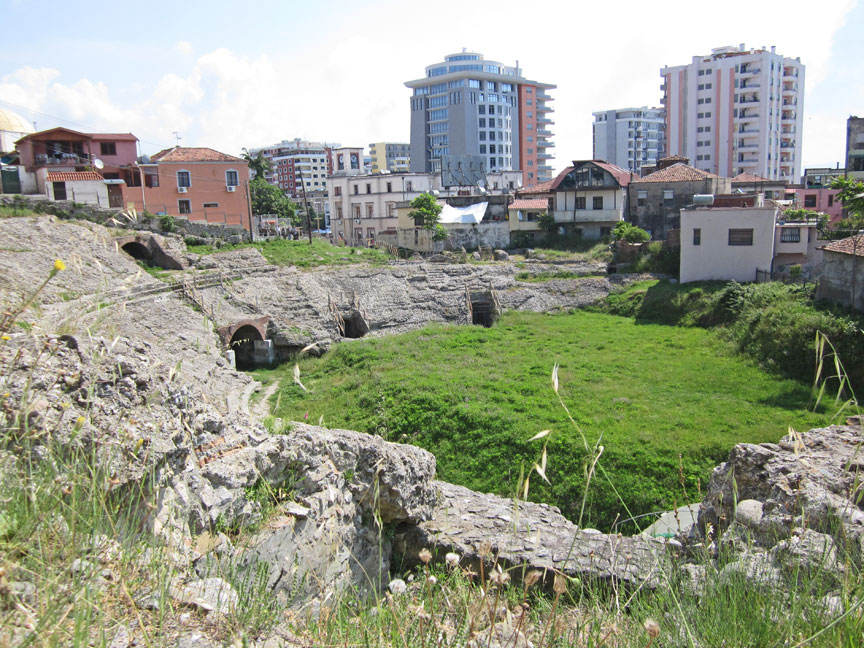
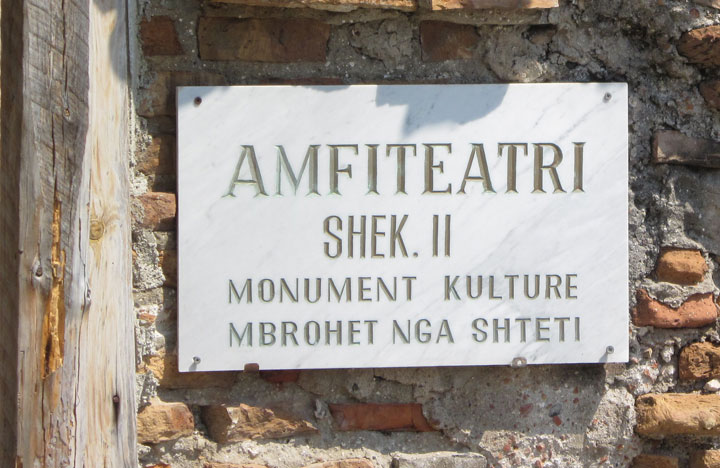
Like much of the rest of the Balkans, Dyrrachium and the surrounding Dyrraciensis provinciae suffered considerably from barbarian incursions during the Migrations Period. It was besieged in 481 by Theodoric the Great, king of the Ostrogoths, and in subsequent centuries had to fend off frequent attacks by the Bulgarians. Unaffected by the fall of the Western Roman Empire, the city continued under the Byzantine Empire as an important port and a major link between the Empire and western Europe.
Text from Wikipedia
